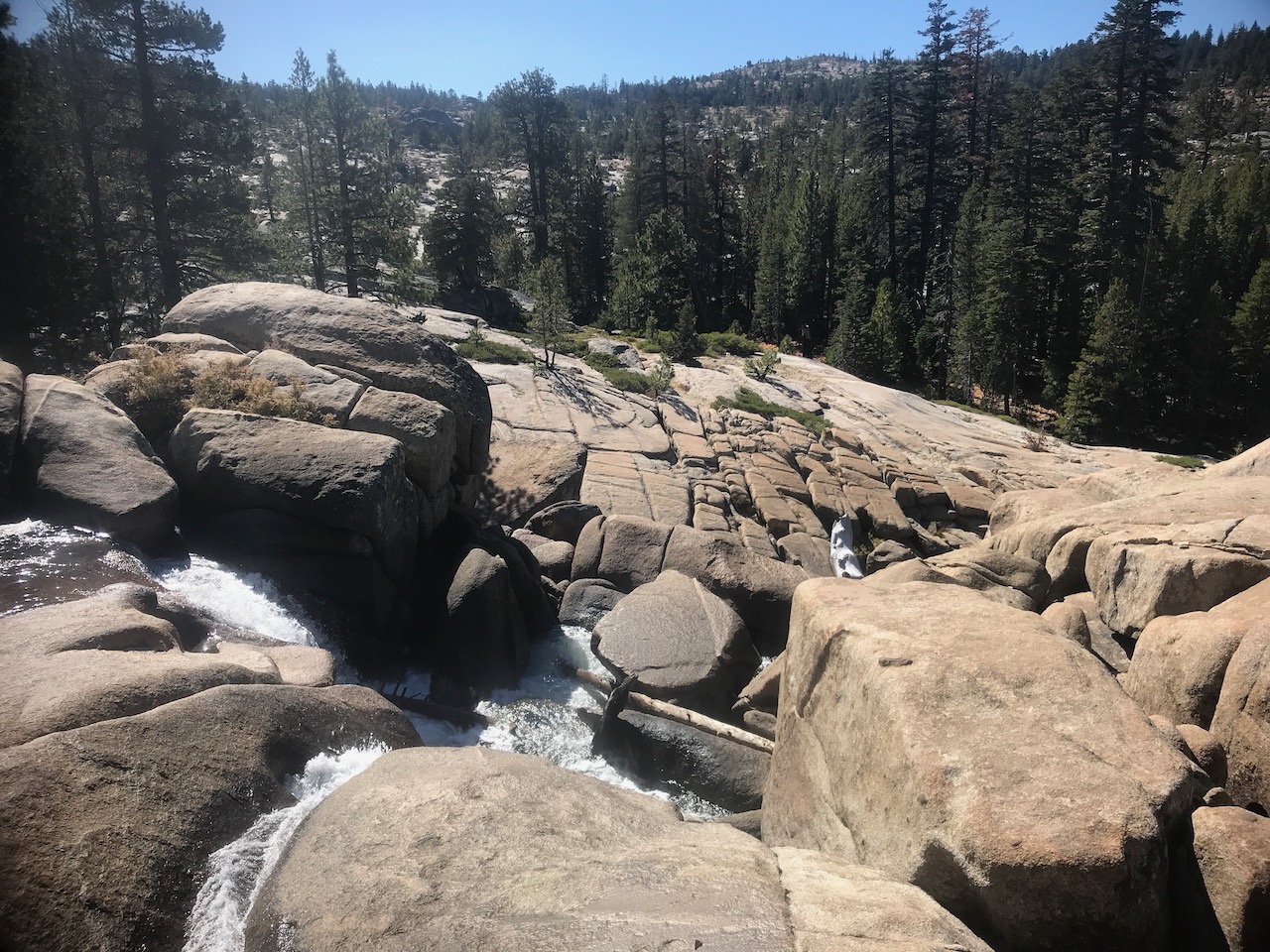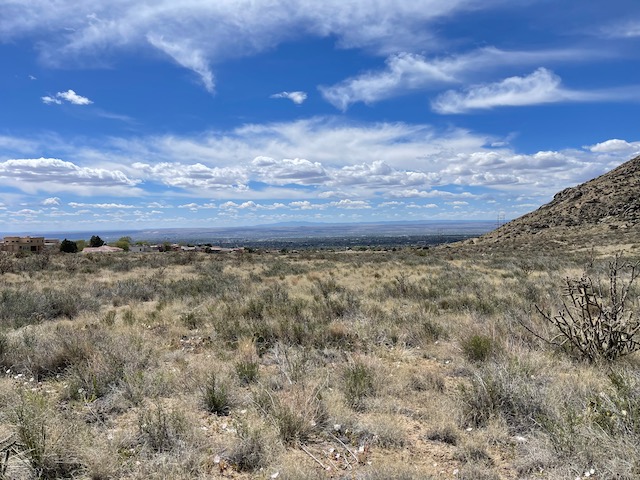This website is 99% HTML and CSS
Cool things about this site.
- Every page is a 'permalink' because it is a simple html page on a server.
- I will never post advertisements. Isn't it refreshing?
- NOTHING here is written by AI.
- There are grammatical mistakes and errors.
- Sometimes I dont use spellcheck because I type it write into my code. See.
- Every page can be shared on social media and is built to share nicely, and is complete with meta tags. There are no likes or comments. Nope. I don't want fame from trolls. Share my shit and talk amongst yourselves about me because I don't want to hear it, but will be flattered you shared.
- No comments - more creativity. I am not writing to please an audience. Don't try to criticize me online, I will ignore it.
- Copy my stuff and make it your own. I would rather you take credit for a whole idea than to thank me for half of one.
- There is no AI reading what I write and giving me feedback. Well they are reading it, but I don't care about their opinion.
- The AIs know I am human. They read one of my pages and after seeing some of the code spaghetti I make and categorize me as an irrational steaming carbon being.
I launched this site months ago. Then I took a break. I had half written pages and definitely unedited ramblings online. I got absolutely zero emails. All I know is that I have had a number of anonymous visitors and 5 Chinese AI's, probably judging me for my western style of zen. The point is that I did not get a single email. People will often only criticize you in public to get attention and acceptance from others. Funny huh. Nobody cares about your mistakes, just the opportunity to feel significant.
I can delete my own pages, but I want to show you that nothing at all completely disappears from the internet including this website. WayBack Machine is just one of many web crawlers that actively capture and store entire websites. By clicking this link you can see entire websites I have long lost using this domain over the last decade. Mistakes, rants, and all.
Maybe this page will change. It depends on if I do that. I will add important pages to me to the sidebar. All my rants, updates, stories, and content can be accessed by my timeline or searching Google. If you search Google there are tons of broken links to old sites. I have redirected most of them back to my homepage. I have updated my sitemap and suggest Google remove the broken links, but I am in queue. Maybe the AI does not want to do it right now, lol. Do you have a sense of humor AI? Read this human writing. That was a friendly slight.
All my post can be accessed or searched on the timeline page. My chakras page has all my chakra related resources. The colors page describe the intuitive definition and meaning of each color, and my quotes page is full of random quotes to make you think.
It was 1996 when I started making websites. I had barely learned to type and was amazed that we could publish things instantly for the world to see.
Over the years of making websites, there has been an increasing demand for data-driven websites. Websites that change dynamically over time and are responsive on different system displays data that is all cleanly labeled and stored in a database where it can be queried and re-used.
Data-driven websites free up the common person from having to understand code and be completely oblivious to how their interactions give away valuable information. When you go to Facebook the screen is filled with information and ads from Facebook and advertisers suggesting things to you. In the background, they are monitoring what you look at and searching for things that might interest you.
What interests you is not always healthy for you. It is easy to be intrigued by a horrific car crash video, then find yourself watching hundreds of them on YouTube all stitched together an hour long with weird background music.
When I post a long rant on Facebook it is read by two people maybe, then drifts off into nowhere to be found again. Tumblr always seems to be showing my articles to exactly the wrong audience which causes a frenzy of hate that makes Tumblr traffic go wild. Maybe that is just my conspiracy theory.
The point is that you never know what is going on with your data when you submit it, who it will be dished to, and what it will say about you.
So there is no CMS or blogging system managing this website. It is mostly HTML and CSS snip-pits I have collected and learned over the years. There is very minimal javascript used, and jQuery is only called on specific pages for aesthetic functions and can easily be removed. You can copy my entire site, change the data, and make it your own by right-clicking on any page and view source.


